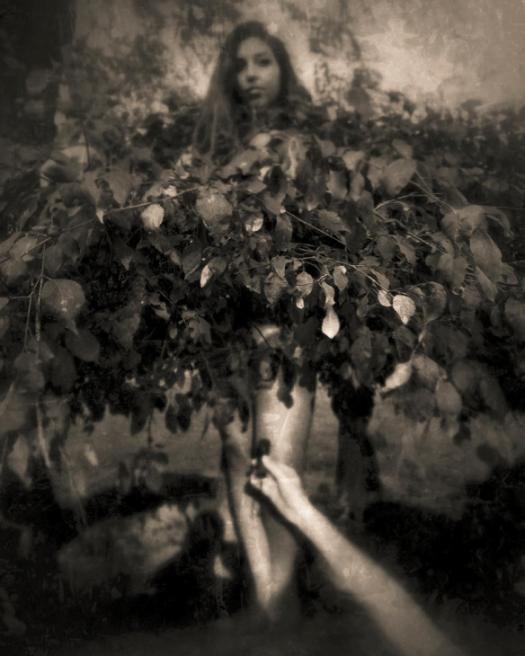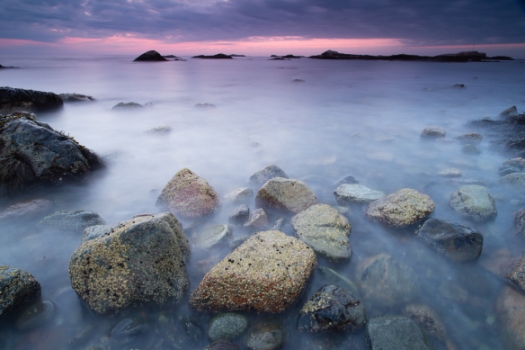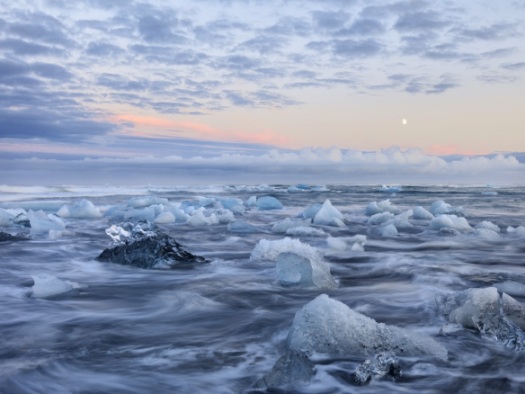I’ve been thinking about creativity a lot in recent weeks, about ‘making’ images rather than ‘capturing them’ and about realizing your voice. To me Keith Carter’s work and particularly his evolution as a photographer is an interesting case study in this. His subject matter is wide ranging but most often draw the his surroundings in his native Texas – the children, people and animals. His approach seems to me at least to have evolved substantially over the years from relatively straight photography, to (mis)use of a tilt shift to give interest shallow depth of field effects to the increasingly grungy images of recent years.
I was interested in the video tour of his house below to hear and see that he deosn’t follow the often heard suggestion of live with your work but rather he surrounds himself with the things and work from others that inspire him and fill the well. Check out the tour of his house, the profile of Keith and finally listen to him talk about his work and his evolution as a photographer in the videos below.
Artist Talk with Keith Carter (2010) from Catherine Edelman Gallery on Vimeo.





